Hidden signs in water reveal disease in tomatoes – long before symptoms appear

By Yogev Israeli Researchers from the Hebrew University of Jerusalem have discovered an innovative method for the early detection of plant diseases by measuring water evaporation from leaves. This method made it possible to detect infection in tomato plants before symptoms appeared. Between 1846 and 1849, Ireland experienced a severe famine caused by a disease […]
Breeding For Abiotic Stress: System Innovations | Plant Ditech
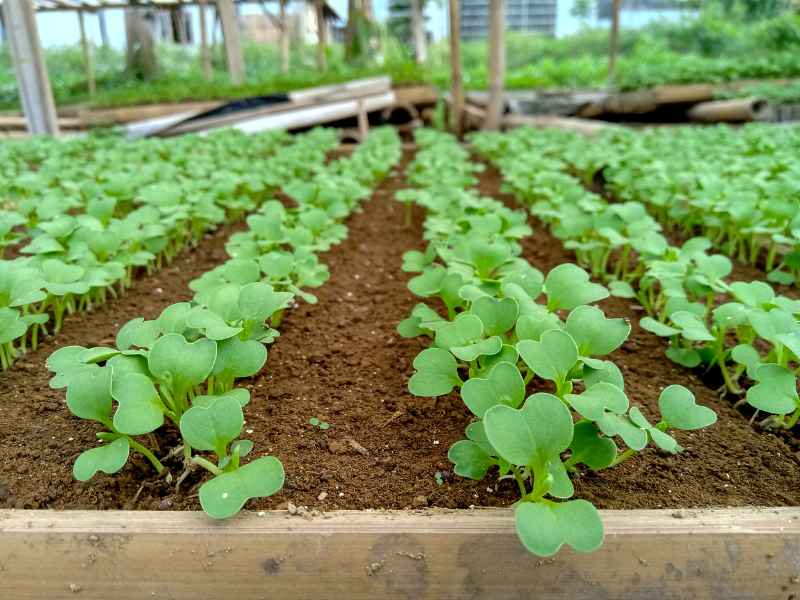
Breeding for abiotic stress tolerance in plants is a critical area of research and development aimed at addressing the challenges posed by environmental stresses such as drought, salinity, extreme temperatures, and nutrient deficiencies. As the global climate changes and temperatures rise, and arable land becomes increasingly scarce, the need for crops that can thrive under adverse […]
Water Stress in Plants
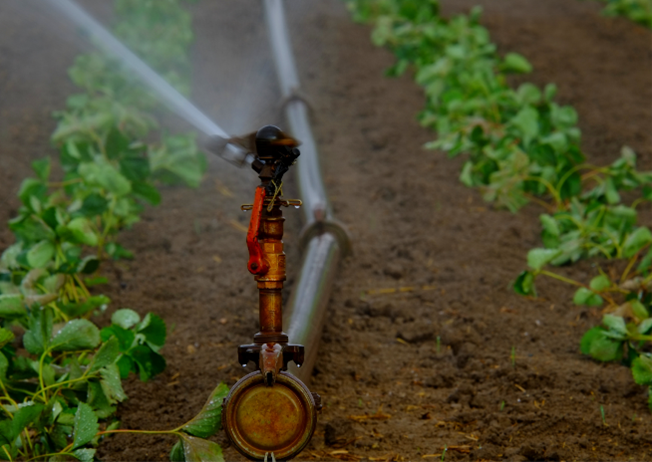
How does water stress impact plant growth? Water stress in plants refers to a condition where there is an inadequate amount of water available for the normal growth and development of plants. It occurs when the demand for water by the plant exceeds the available water supply in the soil. Water stress can have significant […]
Plant Physiology
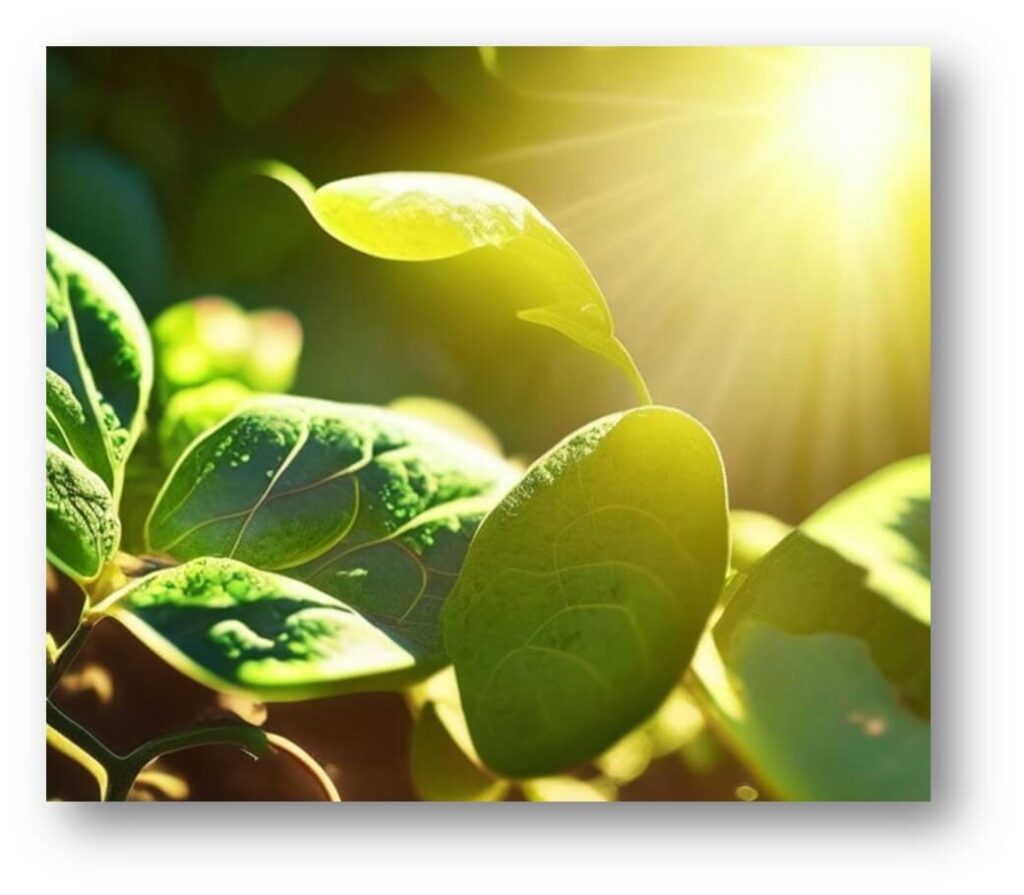
What is plant physiology and why is it important? Plant physiology is a branch of botany that focuses on the study of plant function and how plants grow, develop and reproduce. It encompasses all aspects of plant life, from the molecular and cellular level to the interactions of plants with their environment. Understanding plant physiology […]
Plant Physiology Phenotyping

Plant physiology phenotyping is a key area of study that examines a plant’s structure, function, and metabolism. It aims to identify the biological mechanisms behind plant growth, development, and their response to environmental stresses like drought and flooding. This process uses a variety of techniques and tools, such as our fully automated PlantArray system, which […]
Drought Stress in Plants
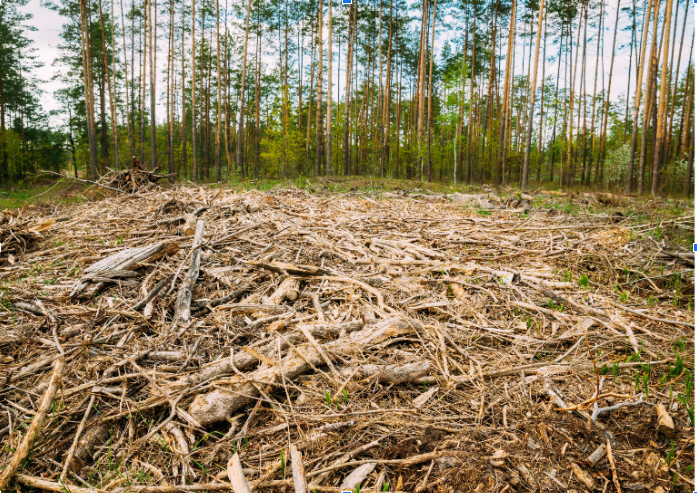
Drought stress in plants is one of the most critical environmental challenges threatening global agriculture and food security. Limited water availability severely affects plant growth, development, and yield. Understanding plant responses to drought stress and identifying mechanisms of drought stress tolerance in plants are essential for developing resilient crop species in an era of climate change. What […]
Stomatal Conductance In Plants
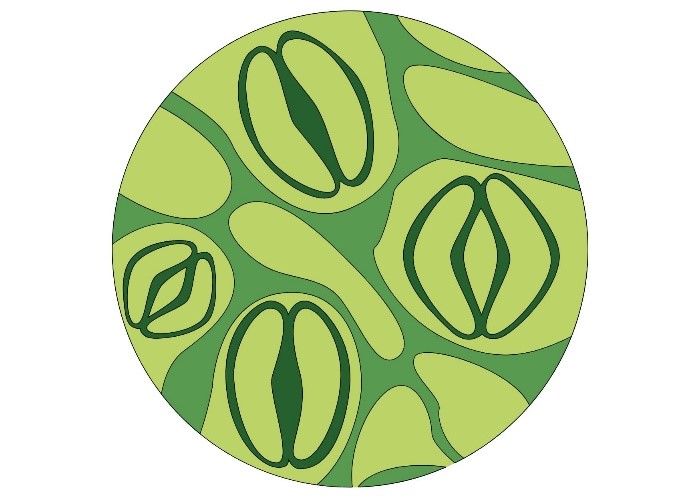
Stomatal conductance in plants represents one of the most critical physiological processes governing plant productivity, water use efficiency, and agricultural sustainability. These microscopic pores on leaf surfaces control the delicate balance between carbon dioxide uptake for photosynthesis and water loss through transpiration. In an era of climate change and increasing water scarcity, understanding and monitoring stomatal conductance has become essential for […]
Early Detection of Plant Response to Biotic Stress
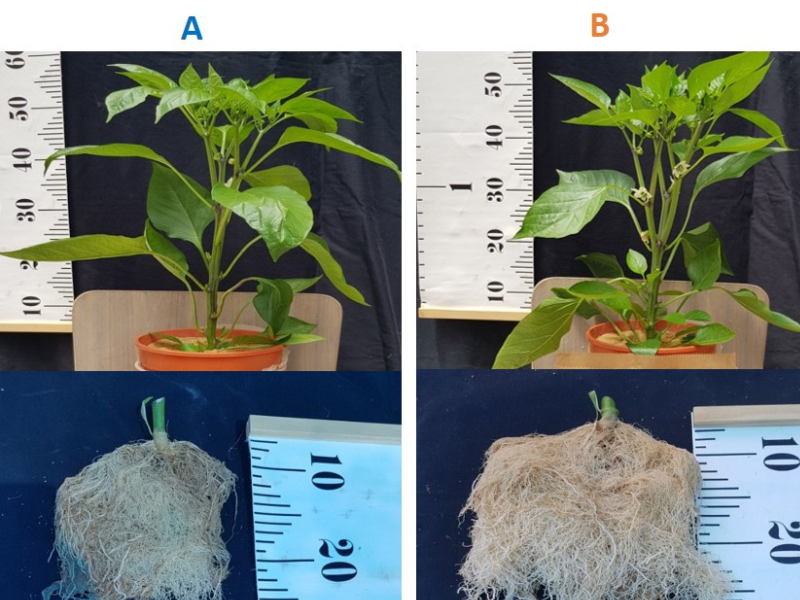
Plant biotic stress factors such as root and shoot diseases or pests, are usually only detected with the appearance of visual symptoms or signs. For example, the identification of fungal mycelium, dark spots on leaves and fruit, or presence of different pests (aphids, caterpillars, mites, etc.), are clear signs of a biotic infection. However, sometimes […]
what is biostimulants
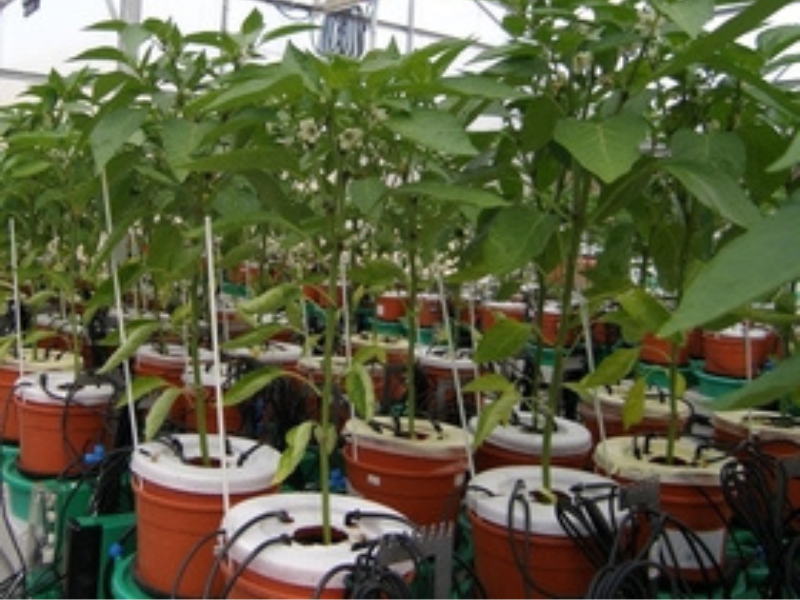
Biostimulants are substances or microorganisms that, when applied to plants or the rhizosphere, stimulate natural processes to enhance or benefit nutrient uptake, nutrient efficiency, tolerance to abiotic stress, and crop quality. This effect is independent of the product’s own nutrient content. The category of plant biostimulants is broad and includes diverse formulations such as: humic and fulvic acids, which are organic components of […]
How Much Water Does it Take to Make Chocolate?
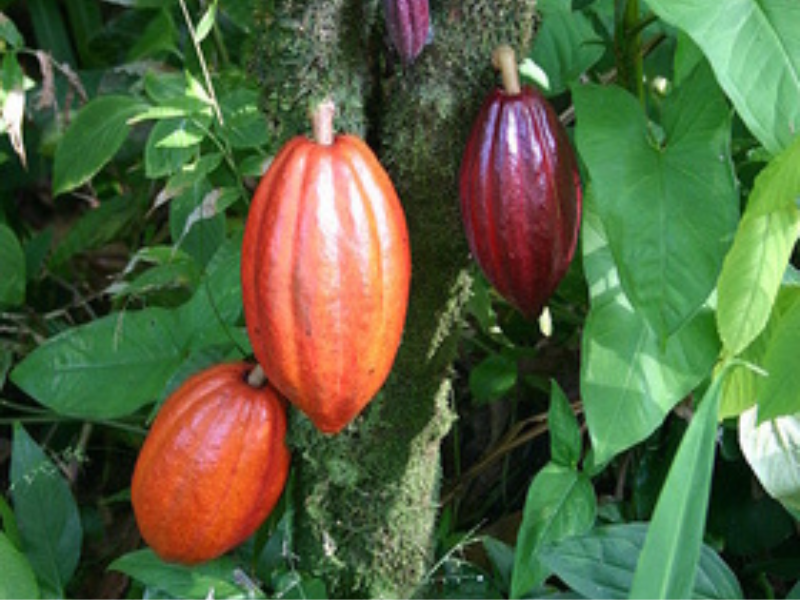
Would you believe about 1,700 liters of water is required to produce a 100g bar of chocolate? This seems like a ridiculously high number. So, in the famous words of Julius Sumner-Miller, “Why is it so?” Well, the Cocoa tree, which provides the core ingredient of our chocolate, consumes copious amounts of water yet has […]
